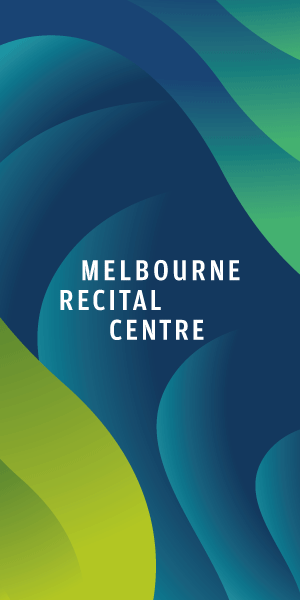Thunder, drums, bells, whistles: the magic of the Town Hall organ
Melbourne Town Hall was opened in August 1870 and two years later the “grand” organ you see here was installed, with 4373 pipes and 24 manual and 66 speaking stops.
Melbourne did not have the facilities, equipment or expertise to build the organ, so it was constructed in London then shipped out in many, many packing cases. Those were the days of sailing ships, and the journey took 56 days.
Officially opened in August 1872 in a program that inevitably featured Handel and Mendelssohn, that first organ continued to provide music at the Town Hall until 1906 when it was rebuilt with a new console. The height of modernity at the time, it was powered by electricity.
Disaster struck in February 1925 when a devastating fire destroyed most of the Town Hall, including the organ. In its place emerged a new building in art deco style and a new “Grand Organ”, hailed as a “modern marvel”, which opened with a recital by city organist W.G. Price in July 1929. The recital began with Bach’s Toccata and Fugue in D Minor, a piece chosen to showcase the magnificence of the new instrument.
This organ, made of Californian red pine in a Queensland maple case, stood 9.75 metres (32 feet) high and had more than 6000 pipes. Over time, it fell into disrepair and was virtually unplayable by the 1990s.
It took five years to refurbish but in May 2001 a concert was held at which the organ was re-introduced to the Melbourne public in a specially commissioned premiere of Voices for Didgeridoo, Organ and Narrator by composer Philip Glass.
For those who love trivia, here are some facts about today’s organ. The largest pipe is called the “Tibia Profunda” and the smallest pipe is only 9.3mm long.
Today there are more than 9000 pipes. The electrical equipment consists of more than 480 km of wire, over 3000 magnets with 32,000 electrical contacts. The console’s four manuals (they’re the rows of keys) go by the names Solo, Swell, Great and Choir.
The wind needed to produce the sound is blown by two electric motors and is delivered at a rate of over 2500 cubic metres per minute. •

City of Melbourne unveils next urban forest plan for the CBD








 Download the Latest Edition
Download the Latest Edition